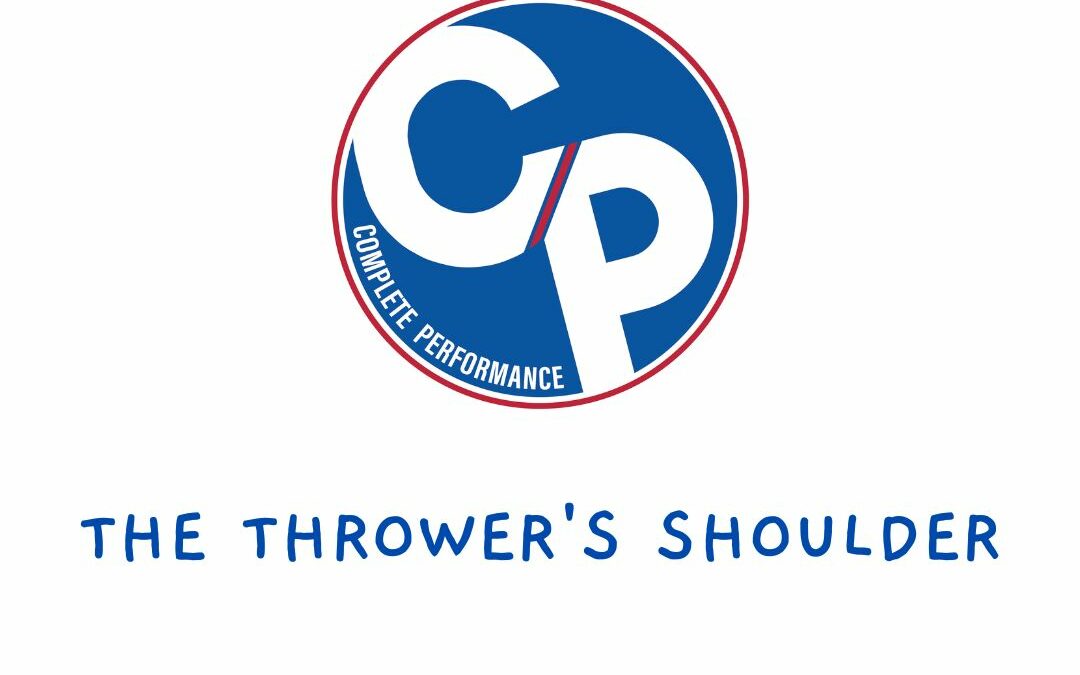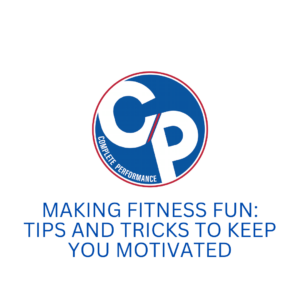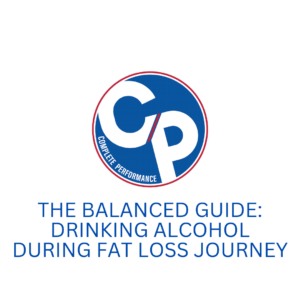I recently made a video that had a lot of good questions asked, and it was based on the long-term adaptations that happen from throwing as you grow up and essentially the adaptations that we find overtime is that the shoulder on the throwing side is commonly down or depressed. Essentially it sits lower, which causes the ball in the shoulder socket to be lower than normal the clavicle on that same side is down and kind of compressing nerves potentially between the first rib on that side as well creates tension in your upper trap and so you might find some tension in your neck as well.
What this does is if you try to then get up overhead and get the shoulder blade to get up and around it has a longer path because everything is starting lower and so what that makes the ball in the shoulder socket actually have to move more to get up and around and that can potentially cause some irritation in that joint and definitely some dysfunction. If we think about it, what we want is a shorter path to do the same thing.
So now that we have the problem we can start to solve it. If you have noticed you have a depressed, throwing side shoulder because of your lats being tight. Here are some things that you might benefit from to get yourself out of that and produce a little bit better function in your throwing side.
First thing is you want to tone down the lats, it might overtime have gotten shorter essentially from all of the work that you’ve been doing plus all the throwing. Adding in a great lat stretch on your throwing side into the warmup is going to provide your benefit. Next we are going to try and add some length back to the lats, really we press up and out more doing movements that are actually causing your shoulder blade to get up and around. If the shoulder is having a hard time getting up, you will want to find a progression that encourages upward rotation. At the end of the day we want to start to reach up and really get the scapula to wrap and get into your armpit, which you’ll feel a good stretch when you do that as well.
Secondly, what you wanna do is you might have to lay off a little bit on the extra pull down exercises so we might shy away a little bit from heavy pull ups, heavy pull downs, lat pull downs, and chin ups for a little bit and just give your lats a little bit of time to get some length there and take it off a little bit of the super heavy high load, high-volume deadlifts or hex bar deadlifts where we are holding just because that pulling down motion of the shoulder is just going to continue to pin down that adaptation that you’ve acquired. You also might take away heavy loaded carries on that side a little bit and give yourself every opportunity to let those lats get a little bit of length back.
The next thing that you can do is do you want to build that upper trap up because you might feel tight there because that shoulder is down but it’s more often because there’s no upper trap there to begin with and so you’re gonna want to give yourself some movements that are going to start to build that. Simple things like front and lateral raises are an option near the end of a workout to build some structure there but as we previously talked about you want to give yourself some presses, specifically presses up an overhead. Landmine presses while you’re standing or kneeling might be a really great option because you’re going to be able to encourage the shoulder blade to get up and around and you’re going to be pressing up to get a nice long light. Additionally you can actually get a little bit of a rotation in this exercise as you reach up to really get the shoulder up and around because it’s commonly done in a single arm fashion.
Another thing that you might need to be paying attention to is what is causing the shoulder blade to also not move as well. If it’s got a longer path it’s potentially going to be sitting closer to your spine than normal and what that means is potentially the rhomboid is really pulling it in and doing too much work. What we do is give yourself a little bit of a rib cage with reverse bear crawls to get that show blade to start to wrap around and that’s going to activate your serratus anterior which is connected at the bottom of your shoulder blade and to the rib cage. It will help the shoulder to start getting up and around and if we encourage it to get a little bit more activation there it might start to rest in a little better position.
Similarly as we worked on the upper trap. We might want to work a little bit on the low trap so that when the shoulder is now coming back down, it’s going to be tipping down into place a little bit better versus only being pulled in from the rhomboid. If the rhomboid is not doing all the job of retraction that it was before, it’s not going to cause it to move in towards the spine first, and will instead go up as you start to reach overhead.
One thing to make note of is that this is not going to be a one size fits all template because it really does matter why your shoulder is down for you and what is really happening at the shoulder blade. There is more than one thing that can be making it difficult to get overhead so it’s important that you find yourself the real reason for you and do a little bit of an assessment.
I like to take a video from the back end, with my hands from my hips straight out and up overhead to start to see what is really happening with protraction there to see what it looks like and if I can see what it looks like I can then determine what is happening and where the compensation is. You can also take a picture from the back and see where the shoulder blade resting, where is the ball in the socket resting compared to the other side, is this an issue that I might even be dealing with because it may not be the case for you
There are other considerations that you also want to take into account as you’re making changes in improving your training program. I wrote a blog not long ago on three important considerations that you want to take into account as you make your program (READ HERE). I suggest taking a look at that and see if you find anything in there that also helps guide you in your program selection.
In summary, if you’re dealing with a lower or depressed throwing arm because your lats are tight.
-
We want to tone those lats down.
-
Get the upper traps built up to build some structure.
-
Encourage the shoulder blade to start wrapping around and up a little bit better with the serratus anterior.
Need more help in this area? Email me at:




